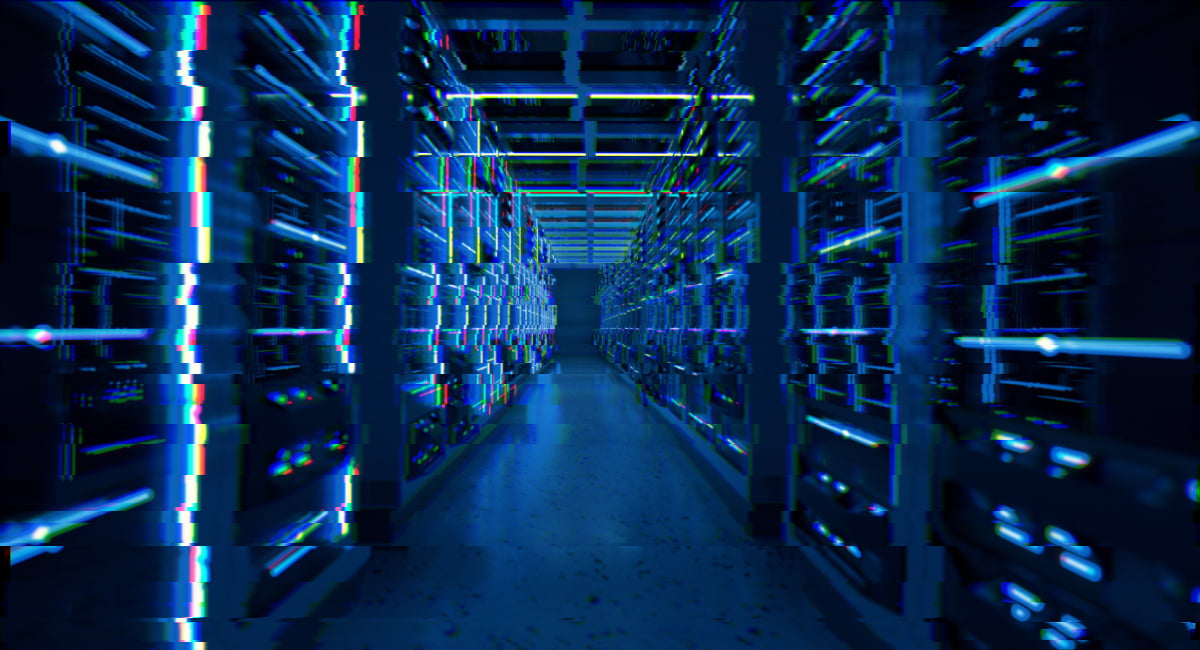The Data Center Decade, Why 2035 Will Look Nothing Like Today

A decade ago, data centers were defined by scale. In 2035, they will be defined by speed, sustainability, and strategic flexibility or risk obsolescence.
In 2015, the global footprint was dominated by sprawling, monolithic facilities. Energy efficiency was a growing concern, but sustainability remained a future goal, not an immediate business imperative. Public cloud adoption was accelerating, yet most enterprise data stayed close to home in private or hybrid environments.
Today, we stand at a critical inflection point. According to Uptime Institute’s 2024 Global Data Center Survey, 73% of operators expect to deploy some form of edge infrastructure within the next five years. Meanwhile, the International Energy Agency reports that data centers globally consumed around 460 TWh of electricity in 2022, a figure projected to more than double by 2030 without rapid innovation.
The decade ahead isn’t about simply scaling bigger. It’s about reimagining the architecture, operation, and leadership models that underpin digital infrastructure.
Back Then
In 2015, owning data center assets was a core element of enterprise IT strategy. Capital-intensive builds were seen as investments in security, control, and brand strength. Colocation services were expanding, but skepticism around shared environments remained high.
Today, hyperscalers and a sophisticated colocation market dominate the landscape. Enterprise-owned facilities now represent less than 29% of global capacity, down from over 45% a decade ago. Ownership is no longer a requirement; it’s a choice, weighed against agility, operational risk, and carbon exposure.
By 2035, full ownership will likely be reserved for specialized needs such as sovereign data, ultra-low-latency environments, and highly regulated industries. Without a service-driven, location-fluid strategy, even well-established assets risk becoming stranded investments.
Energy Efficiency As A Core Metric
Energy efficiency has shifted from an operational concern to a board-level priority. Leading facilities now report Power Usage Effectiveness (PUE) averages as low as 1.2, compared to the 1.7 benchmark common in 2015.
Yet incremental gains won’t be enough. Sustainability will move from initiative to mandate. Clients increasingly demand not just renewable energy use, but verifiable sourcing and additionality – proving that energy consumed is linked to new clean generation, not existing supply.
By 2035, environmental reporting will carry the same scrutiny as financial audits. Facilities unable to provide transparent, auditable carbon metrics will find themselves excluded from enterprise procurement pipelines and investor portfolios alike.
What’s Next?
Edge computing is often portrayed as a threat to centralized data centers, but the future is hybrid. Gartner projects that by 2030, 75% of enterprise-generated data will be created and processed outside traditional centers.
However edge locations won’t stand alone; they will serve as smart extensions of larger hubs, supporting real-time, latency-sensitive applications like autonomous transport, AI at the source, and personalized digital services, while heavy compute and orchestration stay centralized for efficiency and resilience. The winning strategies will not focus on choosing between edge and core, but on mastering the seamless integration between them.
Preparing For The 2035 Data Center Economy
Leaders in infrastructure, operations, and investment must begin asking sharper questions today:
- Are your assets aligned with emerging energy corridors and urban edge nodes?
- Can your architecture flex dynamically between centralized and distributed models?
- Is your environmental reporting ready for client audits and regulatory transparency?
- Are your facilities climate-resilient, decentralized, and adaptable to market volatility?
Success over the next decade will demand more than technical upgrades. It will require new forms of leadership, blending expertise across engineering, sustainability, data security, and operational agility.
At Imperium Global, we work with forward-thinking organizations and leaders who are building the future of digital infrastructure. Whether scaling operations, innovating facility design, or leading transformational projects, the decade ahead belongs to those ready to rethink, adapt, and lead.
2035 is closer than it seems, the time to shape it is now.



